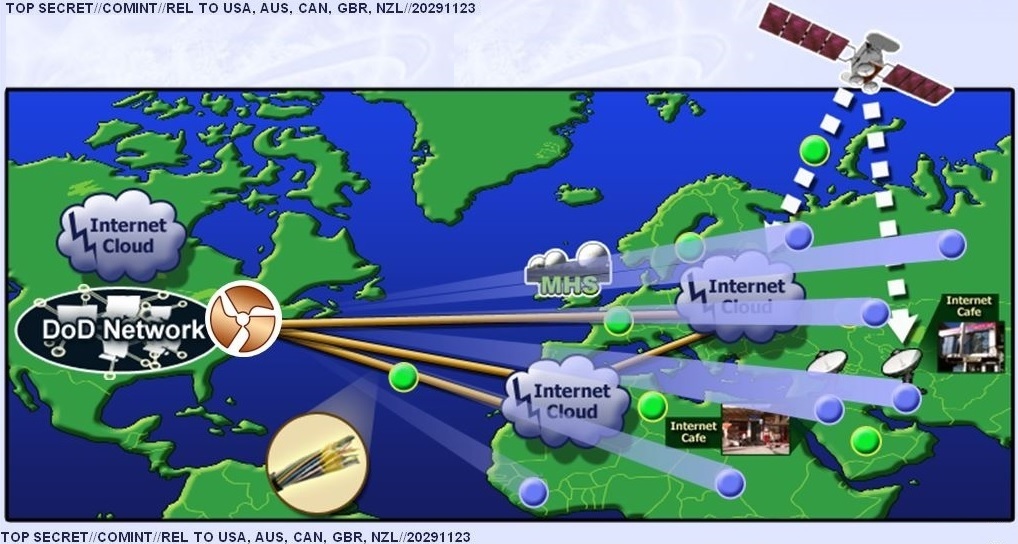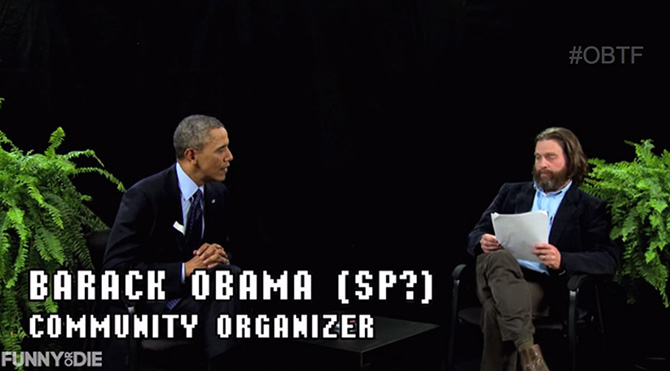The NSA scandal just gets worse.
/
First of all, just a thought: Who puts the graphics for these NSA slide decks together? WRETCH. Hire a graphic designer for chrissakes!
Posting today on his new multi-million dollar wordpress blog, The Intercept, Glenn Greenwald shows how the NSA just keeps seemingly digging it's hole deeper and deeper:
Top-secret documents reveal that the National Security Agency is dramatically expanding its ability to covertly hack into computers on a mass scale by using automated systems that reduce the level of human oversight in the process.
The classified files – provided previously by NSA whistleblower Edward Snowden – contain new details about groundbreaking surveillance technology the agency has developed to infect potentially millions of computers worldwide with malware “implants.” The clandestine initiative enables the NSA to break into targeted computers and to siphon out data from foreign Internet and phone networks.
So far, I hate to say it, but I'm not surprised. Nothing we have learned so far has shown anything other than the NSA's need to know the whereabouts, conversations, and interests of every person on the planet. What did surprise me was this little nugget:
In some cases the NSA has masqueraded as a fake Facebook server, using the social media site as a launching pad to infect a target’s computer and exfiltrate files from a hard drive. In others, it has sent out spam emails laced with the malware, which can be tailored to covertly record audio from a computer’s microphone and take snapshots with its webcam. The hacking systems have also enabled the NSA to launch cyberattacks by corrupting and disrupting file downloads or denying access to websites.
I wonder if Facebook is complicit in this? It seems it would be extraordinarily difficult for the NSA to pull something like this off without at least SOME allowed access to Facebook's infrastructure. This may indeed be the bigger story here. Is it something akin to Apple's goto fail issue? Where backdoor access has been "accidentally" added in a bit of code somewhere? Or more frighteningly, is Facebook actively cooperating with the surveillance of the American people? Terrifying thought if true, that's for sure.


 Read a
Read a  Could the new Mac app "
Could the new Mac app "